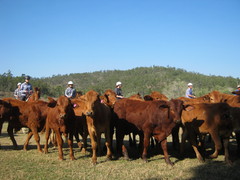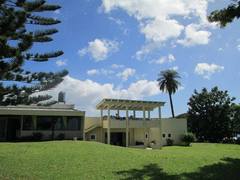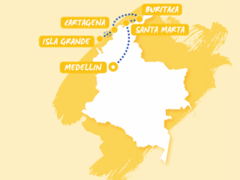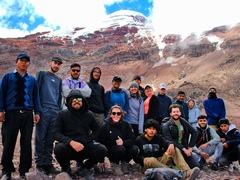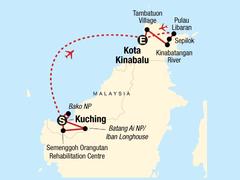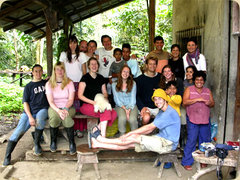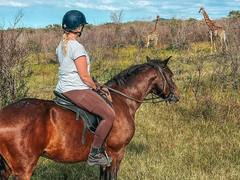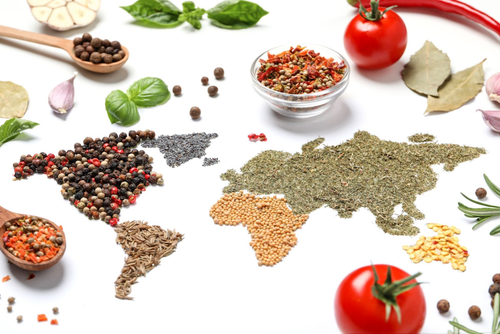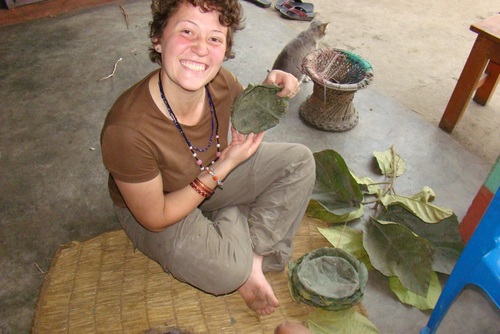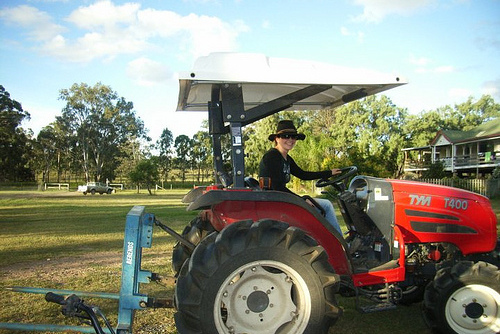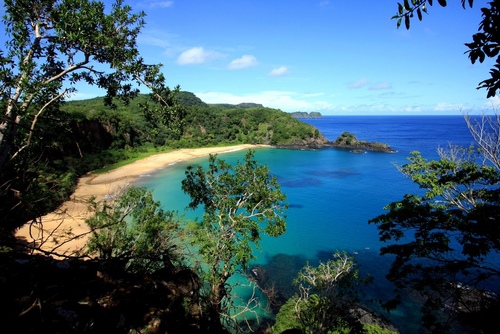Our land includes 12 hectares of primary forest (adjacent and other large areas of native forest nearby), with remaining acreage in croplands, pasture and second-growth forest. The Rio Guaycuyacu flows down between steep forested cockscomb ridges, in waterfalls and pools before being joined by the Rio Guayllabamba.
Resident animals include monkey, ocelot, jaguarundi, kinkajou, tayra, agouti; spiders and snakes, butterflies and beetles. 200+ species of birds are on our list of sightings, among them four species of toucans. Characteristic plants include copal, rubber, pambil palm, tree fern, passion flowers, orchids, and bromeliads.
Accommodation
Besides the main house there are two cabins, each with a living area and individual rooms. We have good drinking water from a nearby spring, and grid electricity backed up with a solar panel. There are swimming holes in the river only a few minutes’ walk from the house. We enjoy good food, mostly vegetarian. Meals feature farm produce, including chocolate, tempeh, and tropical fruits from our orchards.
Agriculture
Most of the 8 hectares of cultivated land at Rio Guaycuyacu is planted in fruit trees from all over the tropical world, over 500 different species. New species and varieties are constantly being added and propagated. Our interest is in sustainable agriculture, using cover crops, alley cropping, and selective regeneration. Besides the orchards and nursery, there is a vegetable garden, other subsistence crops, and ornamental, culinary and medicinal plants.
Work/Volunteering/Agriculture Apprenticeship Program
We would expect you to work in the mornings, usually with us, at farm tasks. The machete is the main agricultural tool, but farm chores are varied and include seed collection and processing (aka picking fruit and eating it!) orchard and nursery work, food preparation (making jams, vinegar, chocolate, bread, tempeh etc.), construction (often using native materials like palm and bamboo), crafts, botany and natural history, gardening.
We encourage you to participate in both household and community life. Your stay could, if you wish, include some time spent living and working with any of several campesino neighbor families on their farms nearby. They raise cattle, pigs & chickens, grow subsistence crops and cacao, and have much local knowledge and love of nature. You may also choose to work on your own projects, and you will have plenty of free time.


